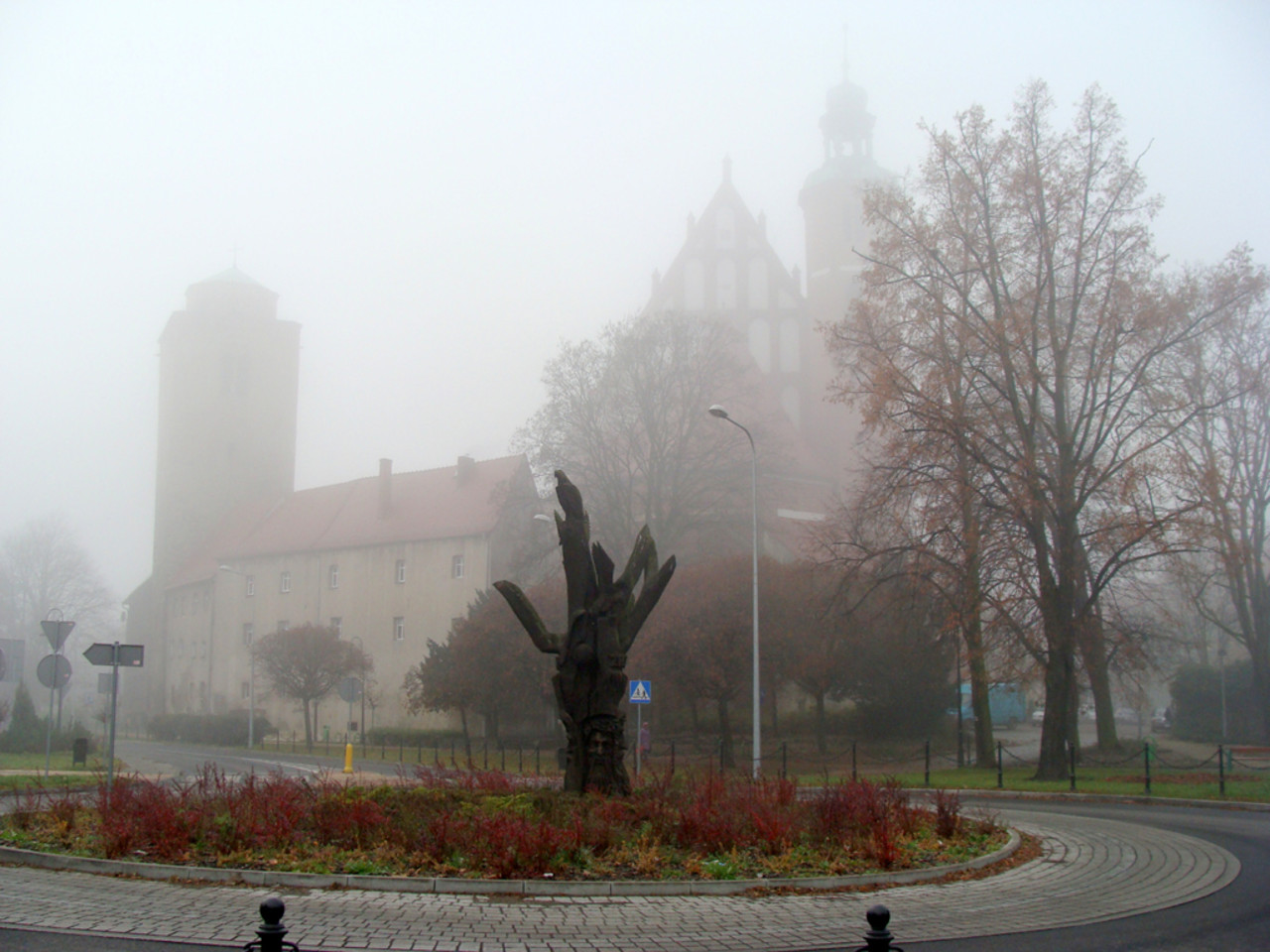A Retrospective Film Noir's Golden Age

본문
One of the key factors that determined the emergence of film noir was the changing social climate of America during the 1940s. As the country transitioned from the optimistic atmosphere of the New Deal era to the moral ambiguity of World War II, the public's perception of the world experienced a significant shift. The war had exposed the grittier truth of human nature, and audiences began to long for a more grounded portrayal of life in their films. Film noir, with its bleak and Рейтинги фильмов pessimistic outlook, filled this void by offering a filmic portrayal of the moral complexities and personality flaws that characterized post-war America.
The films of this genre often centered flawed heroes, who, driven by adversity, found themselves in moral dilemmas of sin and corruption. The iconic detectives of film noir, such as Sam Spade, Humphrey Bogart in "The Maltese Falcon", became emblems of a bygone era, embodiment the disillusionment and mistrust of a nation attempting to recover itself in the wake of war.
The visual styling of film noir was equally distinctive, with its deep shadows. The filmmakers of the era, including Nicholas Musuraca, used these visual elements to convey a feeling of foreboding, drawing the viewer into a world of moral ambiguity and despair.
Some of the most iconic films of the genre include "Double Indemnity" (1944), directed by Billy Wilder, and "The Big Sleep" (1946), directed by Howard Hawks. These films, among others, solidified the reputation of film noir as a distinct and groundbreaking genre, one that continues to inspire filmmakers to this day.
The legacy of film noir can be seen in the countless homages and disciples that have emerged in its wake. From the French New Wave of the 1960s to contemporary neo-noir films like "Chinatown" (1974) and "LA Confidential" (1997), the impact of film noir can be felt in every aspect of the genre. Its influence extends beyond film, too, with the arts also dissimilar to its style and atmospheric stylings.
In conclusion, the golden age of film noir was a pivotal moment in cinematic history, marked by the emergence of a distinct genre that continues to enthrall audiences today. With its moral complexities, gritty realism, and moral complexities, film noir offers a unique perspective into the existential crises and despair of post-war America, reminding us that even in the bleakest of times, there is beauty in the shadows.


댓글목록0
댓글 포인트 안내